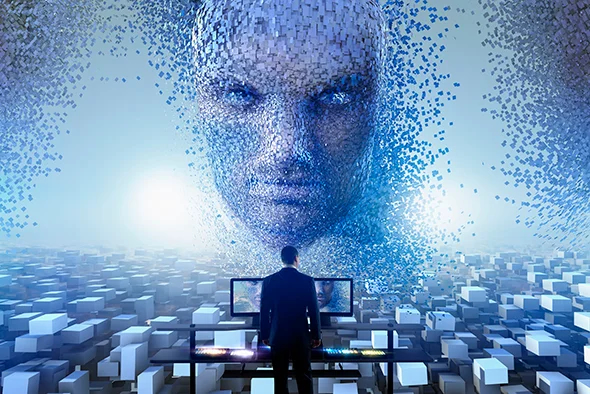
Nowadays, very few of us are unfamiliar with the sexualization of women online. Whether it’s in the movies, tv shows, or video games, it appears that feminine characters tend to fall under the objectifying gaze more often than not. As suggested by the study of print media, out of 58 different magazines, more than half of the advertisements presented women as sex objects.[1] However, this seems to be the new – or, to be honest, not so new as the objectification of women dates way back – normal, that only raises certain questions when the roles are reversed.
Particularly, the difference in representation of women and men in digital media can be noted in video games. Although in the current days both men and women have been represented as leaders and overall important characters, the feminine characters are more often than not depicted wearing skimpy outfits and seen more as rewards/objects rather than sufficient and interesting characters.[2] Similarly, it is worth noting that in digital media, particularly video games, men tend to get more dialogue and overall screentime, implying that men are more stronger and better, consequently categorizing women as background characters.[3]

Although it could be argued that such interpretations may not be a true and realistic representation of the views of the general public, but rather an effective method to make video games more accurate, it can hardly be denied that such views are often shared amongst the players as well. Whereas most of them do not see anything wrong with the objectification of women in video games, the sexualization of men appears to provoke a rather.. different response.
Perhaps a prime example of such differentiation is the recent rise of popularity of Ghost, a rather well known character from Call of Duty: Modern Warfare II. Without doing as much as revealing his face, the character appears to have attracted the feminine gaze.

However, it can be noted that the objectification of women and men – in this particular case, Ghost – significantly differs. While many women are portrayed in revealing clothes, disproportioned bodies and often notable weaknesses, Ghost is showcased as an interesting, powerful man, who doesn’t even have to show his face, let alone body, to be seen as attractive.

While the differences between the feminine and the masculine gaze may open up an entire new conversation, the general response to the sexualization of Ghost portrays the double standards amongst the sexes. Consequently, it could be argued that the significant differences noted in the portrayal of men and women online showcases the actual views towards women in the current society.
Further on, it may be important to note that male gamers tend to gatekeep characters from women. This, of course, does not apply to all men or just to video games, but to pretty much everything – once a woman expresses an interest in something, she is often met with a negative response or an attempt to test/undermine her knowledge.

Thus, it appears that the actual modern warfare nowadays may simple involve the differences between the sexes. While women are expected to just accept the common sexualization and objectification online, a significant part of men only seem to notice the issues of it once the roles are reversed. Thus, perhaps it’s worth to consider the hypocrisy of it all and how it only, apparently, matters when the issue concerns men rather than women.

[1] https://scholarscompass.vcu.edu/cgi/viewcontent.cgi?article=1117&context=uresposters
[2] https://gcml.org/miss-leading-characters-the-hyper-sexualization-of-females-in-video-games/




Thank you for writing this post! It’s a fascinating topic for me because, as a pansexual female, I’d say the “sexy” female representation heavily influences my aesthetics in video games, and it did, to some extent, help me better identify myself when it comes to gender, especially when I was a teenager.
A spot-on post! I think the sexualization of women online, and not just women but also sexualization of feminine non-human presentations (like Siri, Alexa, chatbots) is going pretty much unseen. I also wrote a post on an artists who explores sexualization of some digital technologies and feminine identities in a performance with an AI powered sex doll.
Also about the gatekeeping of certain characters by men, I think this applies to much broader fields from music, games and art to politics and should be seen within the context of patriarchy and misogyny. But I do think that it misogyny can go mostly unseen in (digital) subcultures, since it often happens in very indirect ways.